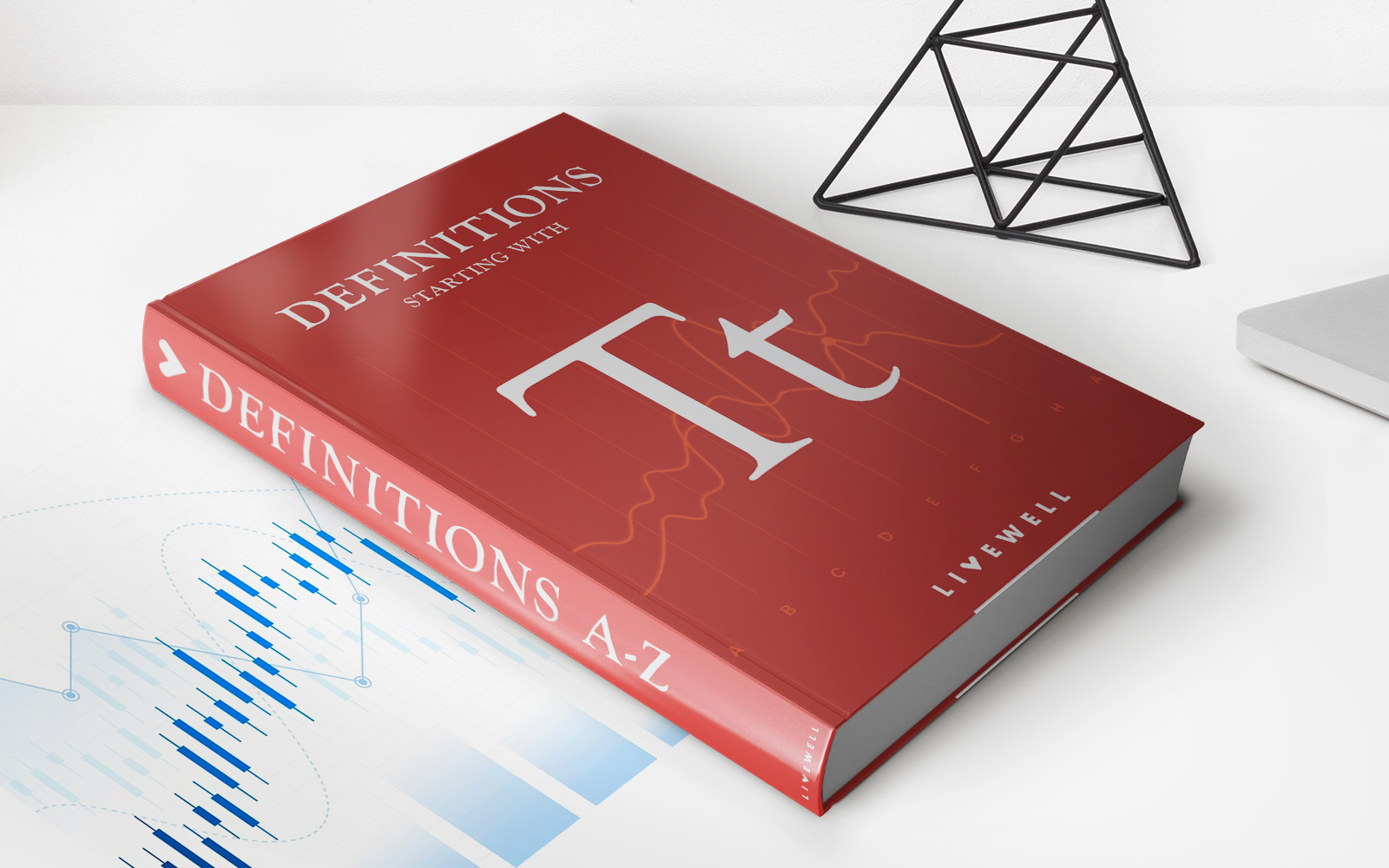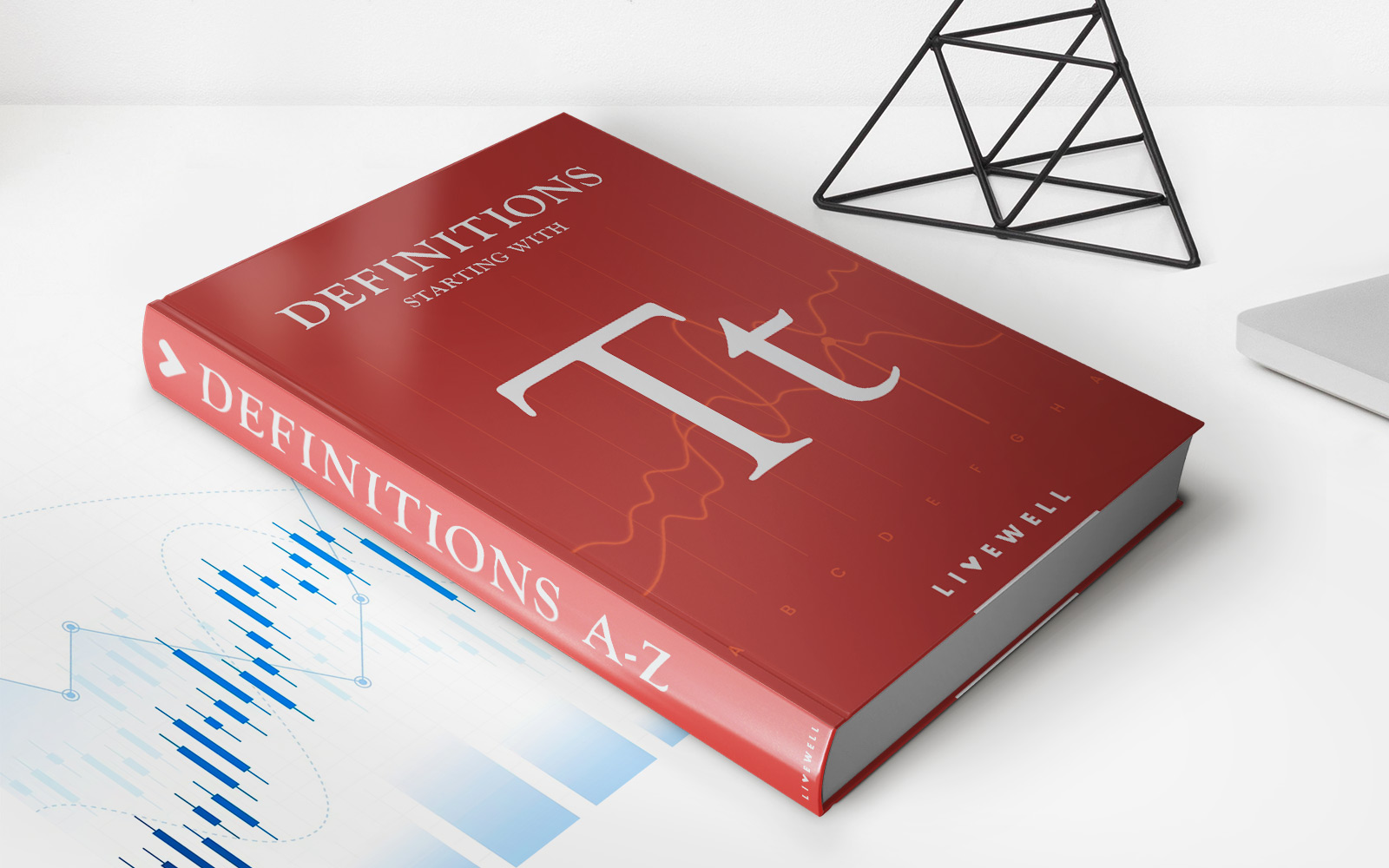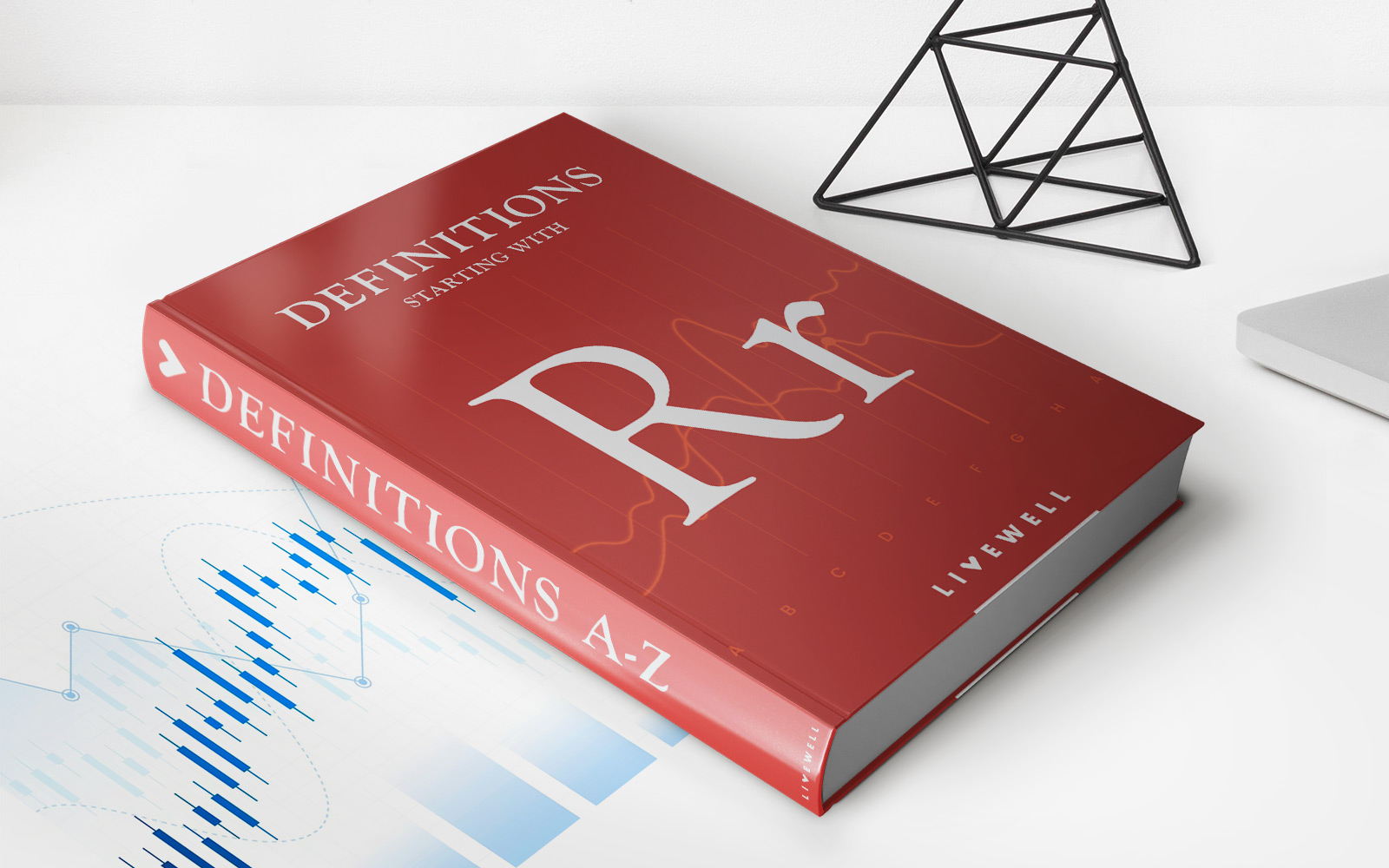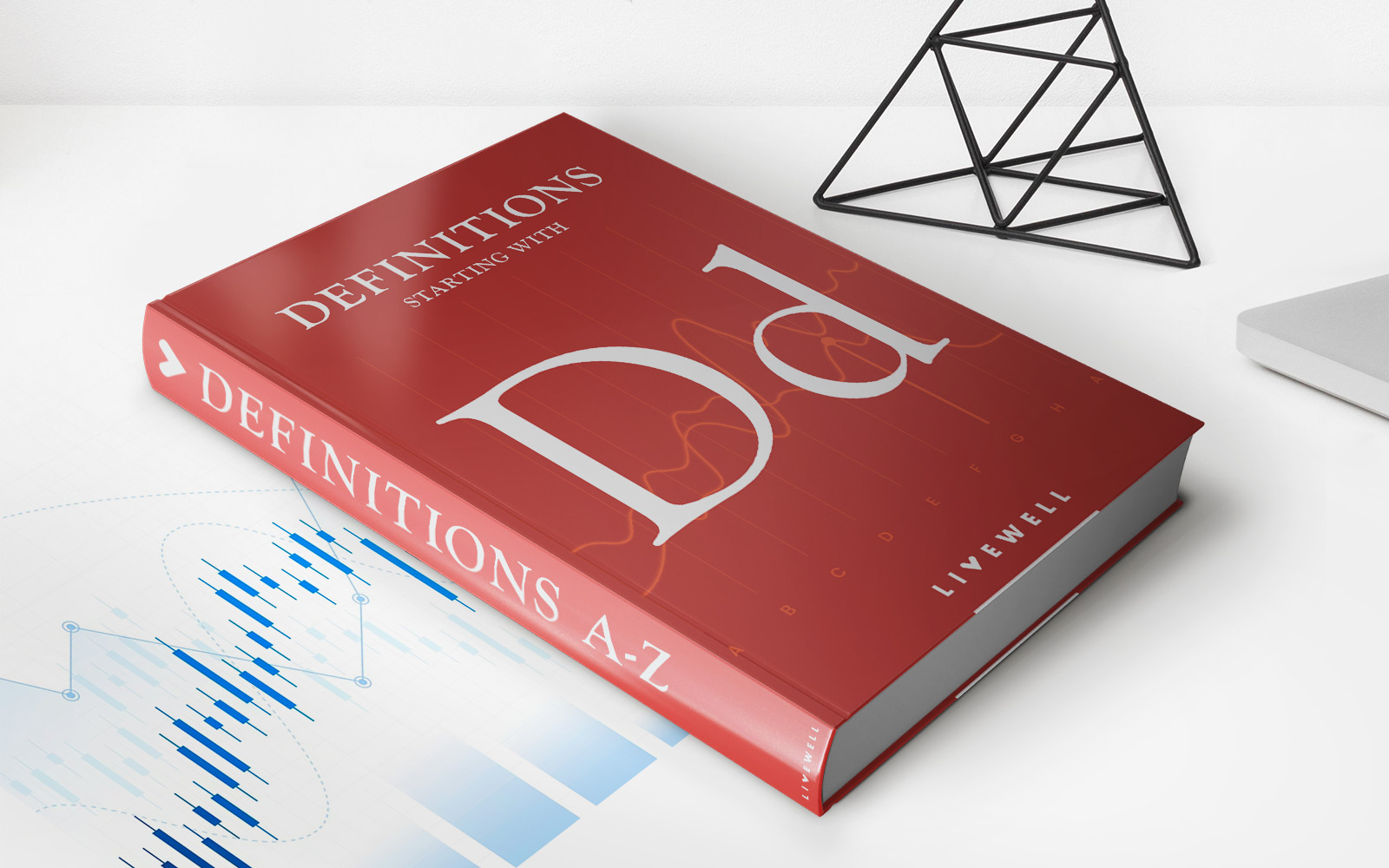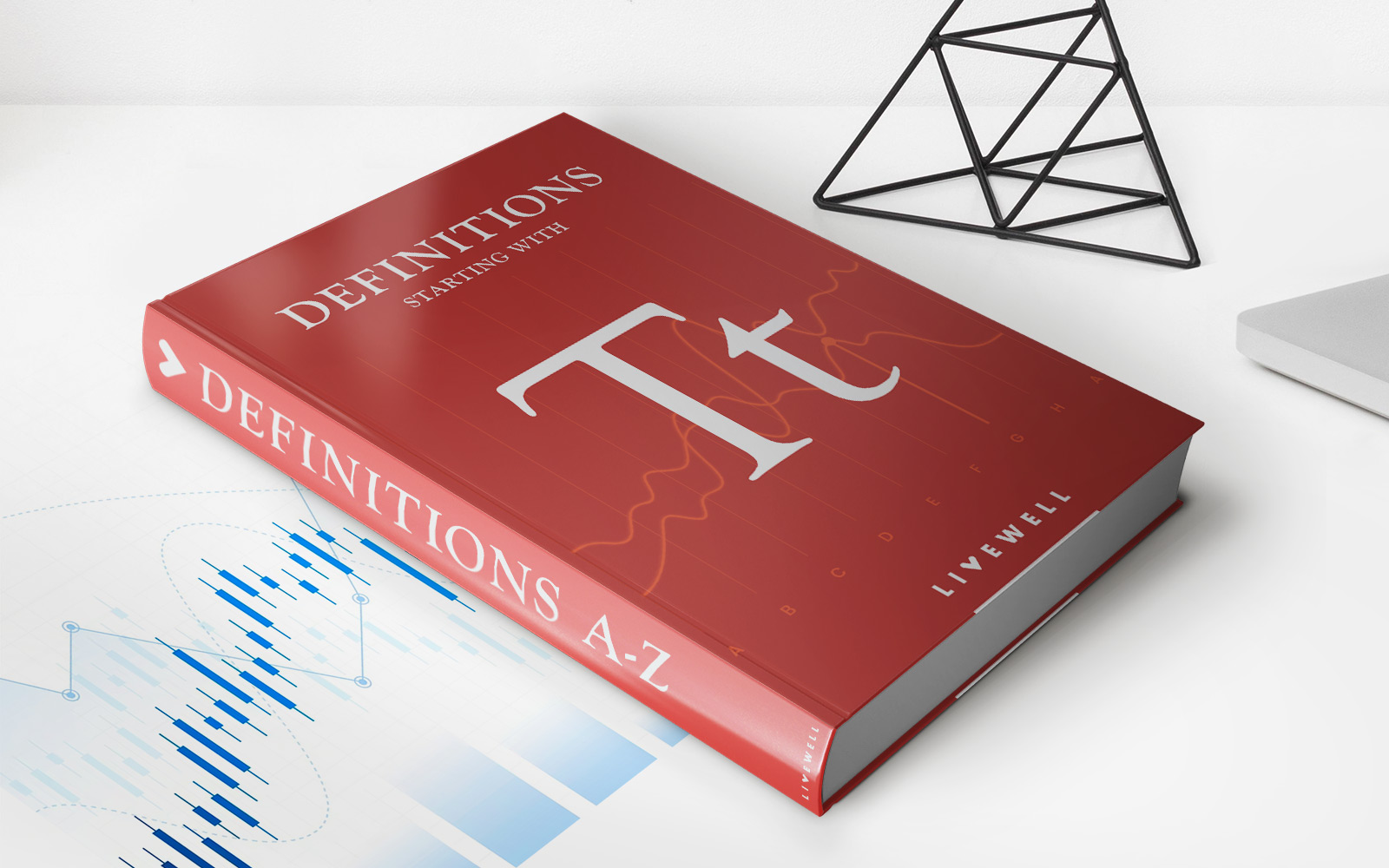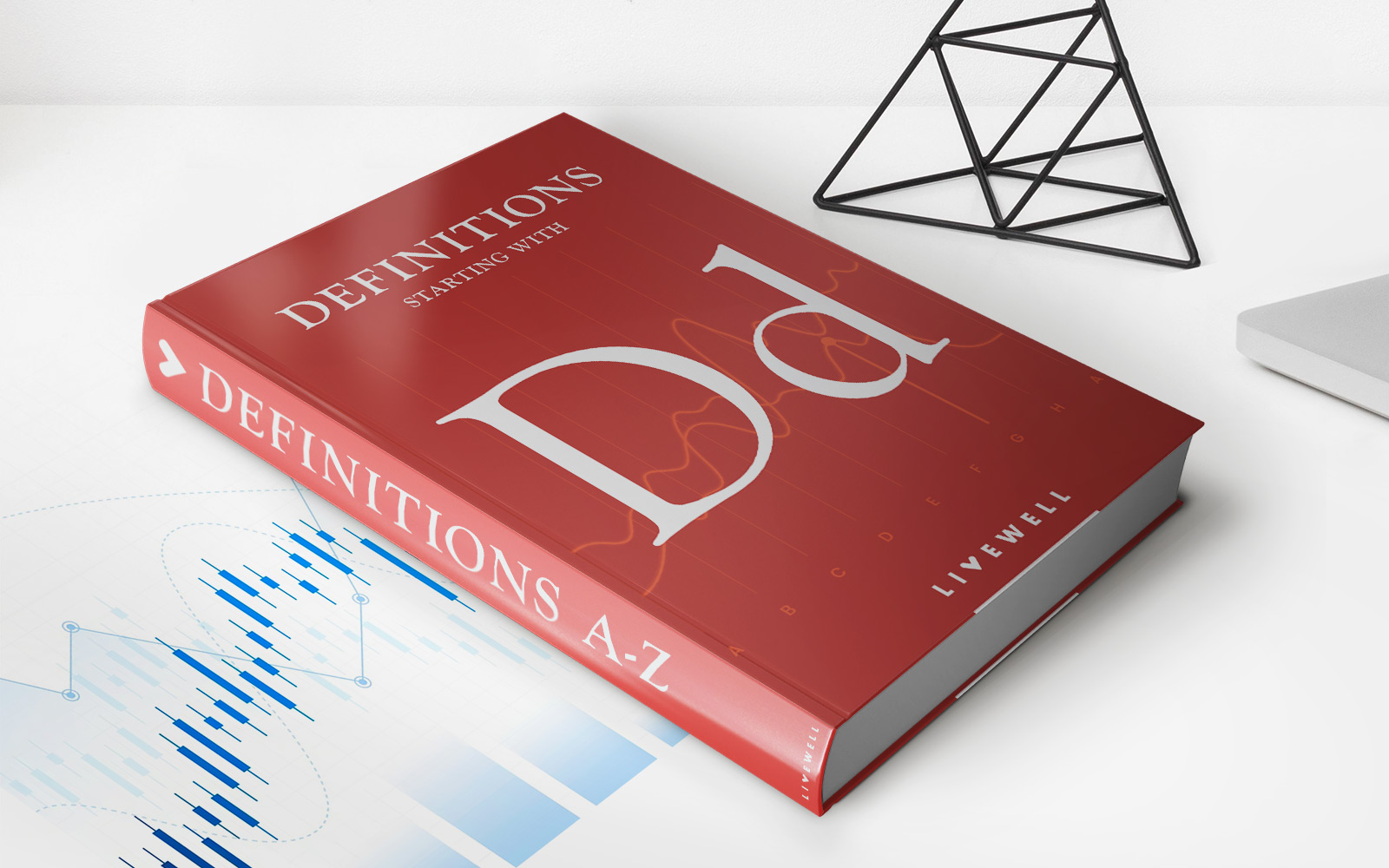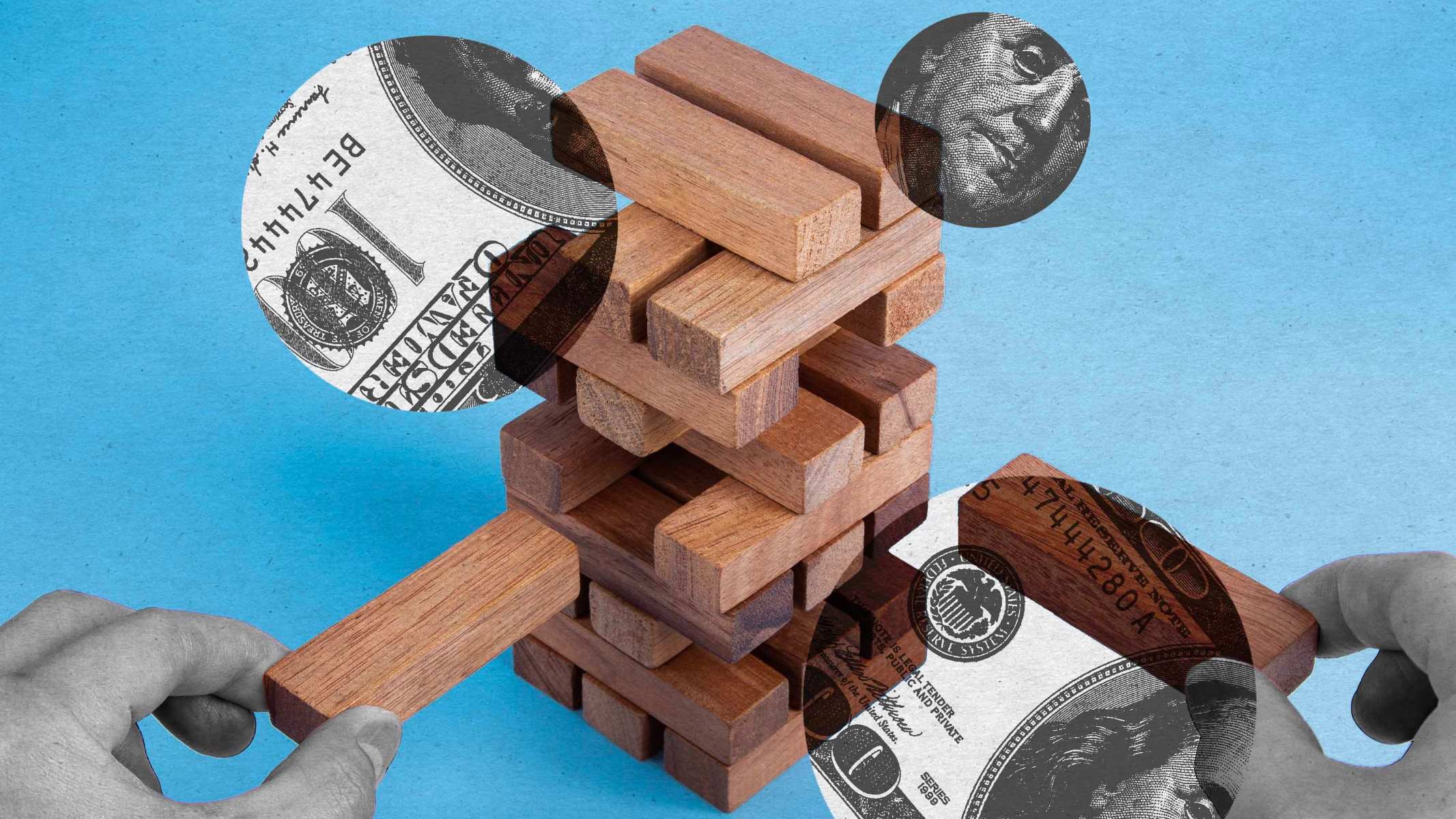Home>Finance>What Is Price Stickiness? Definition, Triggers, And Example
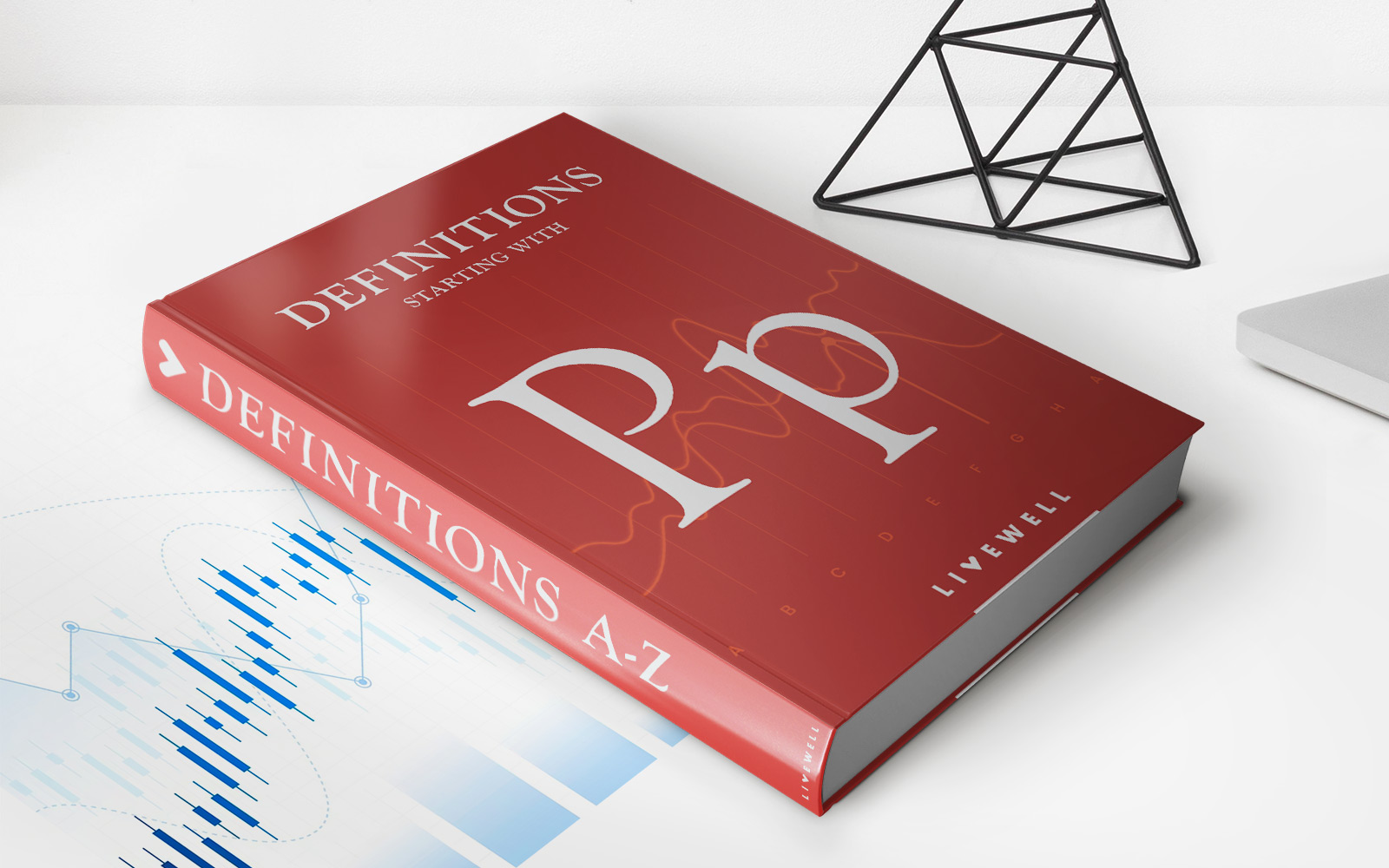

Finance
What Is Price Stickiness? Definition, Triggers, And Example
Published: January 11, 2024
Learn about price stickiness in finance, including its definition, triggers, and examples. Understand the concept's impact on markets and economic stability.
(Many of the links in this article redirect to a specific reviewed product. Your purchase of these products through affiliate links helps to generate commission for LiveWell, at no extra cost. Learn more)
Understanding Price Stickiness in Finance
When it comes to the world of finance, there are many factors that influence the way prices fluctuate. One interesting concept that plays a crucial role in pricing dynamics is price stickiness. Have you ever wondered why prices don’t always adjust immediately to changes in supply and demand? That’s where price stickiness comes into play. In this article, we will explore the definition, triggers, and provide an example to help you understand this concept better.
Key Takeaways:
- Price stickiness refers to the tendency of prices to remain unchanged in response to changes in supply and demand.
- Market imperfections, menu costs, and psychological factors can all contribute to the phenomenon of price stickiness.
Definition of Price Stickiness
Price stickiness, also known as price rigidity, is a situation where prices do not adjust immediately or proportionally to changes in market conditions. It can occur in various types of markets, including goods and services, labor, and financial markets. Instead of instantaneously reflecting changes in supply and demand, prices remain sticky, often leading to temporary imbalances in the market.
Price stickiness is a fundamental concept in macroeconomics and plays a crucial role in understanding how market forces interact to shape the overall economy. It challenges the assumption of perfect competition and highlights the presence of market imperfection.
Triggers of Price Stickiness
Several factors contribute to price stickiness in the finance industry. Let’s explore some of the common triggers:
- Menu Costs: Price adjustments incur costs for businesses. Changing prices may involve costs related to updating catalogs, printing new price tags, reprogramming software, and other expenses. These costs, known as menu costs, can discourage businesses from frequently adjusting their prices. As a result, prices remain sticky in the short term.
- Psychological Factors: As humans, we often anchor our expectations on past prices. This anchoring bias can lead businesses to stick to their current prices even in the face of changing market conditions. The fear of customer backlash or the desire to maintain a competitive position can also deter businesses from adjusting their prices promptly.
- Market Imperfections: Market imperfections, such as limited information, barriers to entry, or oligopoly, can create an environment where prices are slow to adjust. In these imperfect markets, companies may face less incentive to change their prices due to reduced competitive pressure.
Example of Price Stickiness
Let’s take a look at an example of price stickiness in action. Imagine a company that produces smartphones. Due to increased competition, the demand for smartphones suddenly decreases. In a perfectly competitive market, the company would lower the price of its smartphones to attract more buyers and maintain its market share.
However, in real-world scenarios, price stickiness may prevent the company from immediately adjusting its prices downwards. Despite the decrease in demand, the company may choose to maintain its current prices for a variety of reasons. They may fear that lowering prices could devalue their brand perception, or they may have long-term contracts in place that prevent immediate price adjustments.
As a result, the company experiences a temporary imbalance between supply and demand, and the price stickiness adds to the overall market inefficiency.
Conclusion
Price stickiness is a fascinating concept that sheds light on the complexities of pricing dynamics in the finance industry. By understanding price stickiness, we can gain insights into why prices don’t always respond immediately to changes in supply and demand. Menu costs, psychological factors, and market imperfections all contribute to price stickiness, leading to temporary imbalances in various markets.
As a savvy investor or finance enthusiast, it’s essential to grasp the concept of price stickiness to navigate the ever-evolving financial landscape better. By recognizing the triggers and implications of price stickiness, you can make more informed decisions and stay ahead of the curve.
So, next time you observe prices that seem slow to change, remember the influence of price stickiness and the factors that contribute to this phenomenon.

